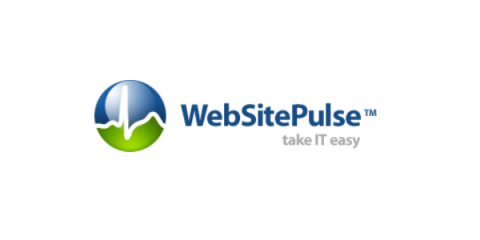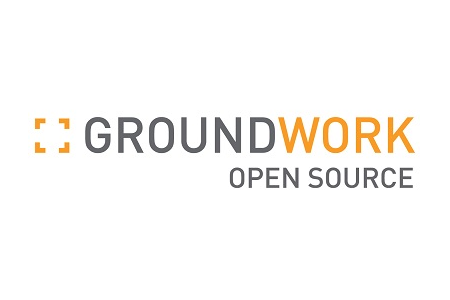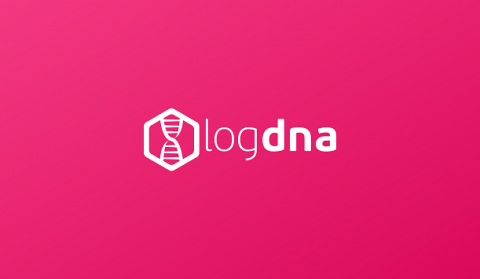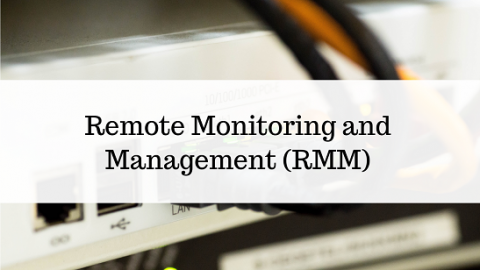5 Reasons Why a Secure Server is Necessary for your Website
By 2020, the cost of a data breach would amount to a whopping $150 million! No industry is safe from such violations. Did you know that after every 39 seconds, there is a hacker attack on computers and websites? Think about how many cyber-attacks might happen as you are reading this. Your business and website can be one of them unless you take the necessary measures to secure your platform.











